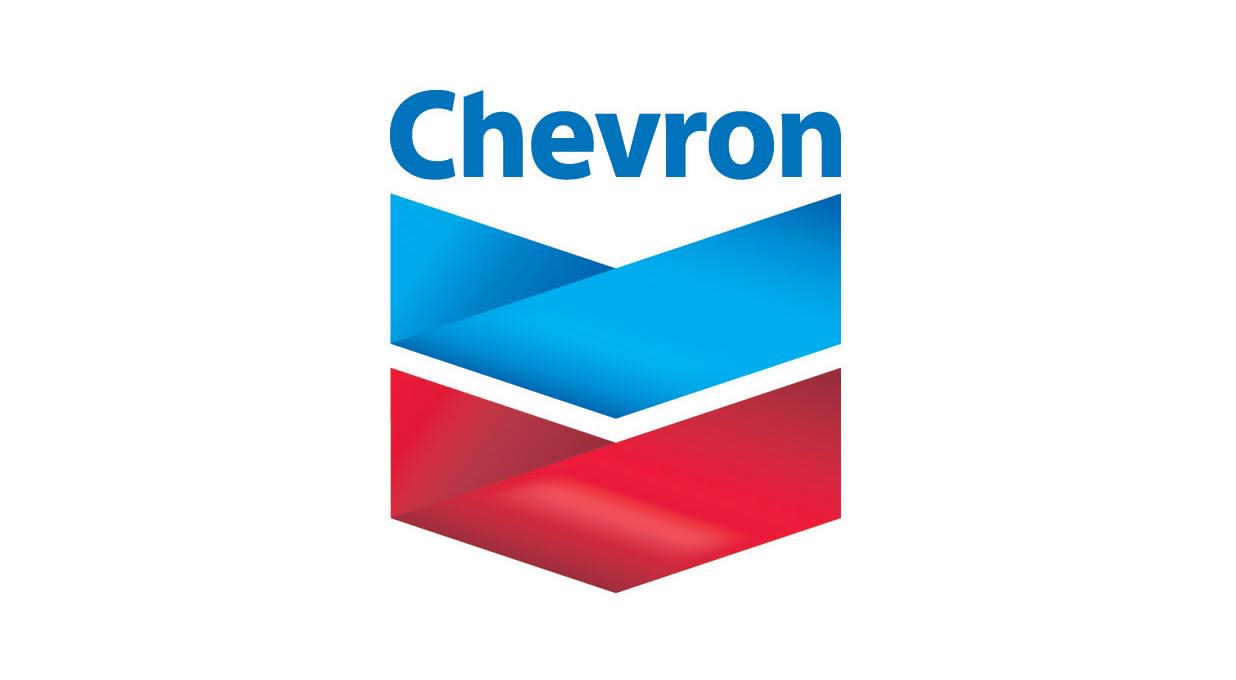Chevron’s first quarter results were broadly in line with market expectations. Revenues were down by 4.1% to $48.7bn, and underlying earnings fell 19.7% to $5.4bn. The main drivers of the weaker performance were lower refinery margins and natural gas prices. Prices more than halved in the US and decreased by 19.4% in international markets. This was partly offset by a 12% increase in production.
Free cash flow fell from $4.2bn to $2.7bn, reflecting both lower profits and higher capital expenditure. At the period end, net debt was $15.6bn.
During the period Chevron declared an increased quarterly dividend, up by 7.9% to $1.63 per share.
First half guidance for production in the company’s all-important Permian basin has improved to a 2% decrease against previous guidance of a 2-4% fall.
The shares were flat in pre-market trading.
Our view
News headlines often focus in on crude oil prices which have been trending higher so far in 2024, but supermajor Chevron’s production is dominated by natural gas. In this market a glut of supply has been pushing down prices and that’s been hurting the bottom line.
The business is dominated by the extraction and sale of fossil fuels. While that remains the case, its fortunes will mainly rest upon commodity prices (over which it has no control), production levels, and the cost of pumping out oil and gas.
In a world that's trying to wean itself off carbon-producing energy sources, Chevron's targeting average annual growth of at least 3% out to 2027. It's got plenty of reserves in the ground too, and spent heavily to expand those levels.
Production’s already received a boost from last year’s acquisition of PDC Energy and there’s more of the same to come. Chevron recently announced the acquisition of Hess Corporation, a global energy company with assets across Guyana, North Dakota, Mexico and Thailand. The deal's expected to close in the first half and will be settled by issuing new shares, which helps keep Chevron's cash balances plump.
Through a combination of scale and efficiency, Chevron's expecting to see a strong uplift in profitability from each barrel sold compared to pre-pandemic levels. That's assuming oil at $60 per barrel. But as results have shown so far this year, downward swings in commodity prices will still really hurt the bottom line.
The scale up plans are all well and good, but in the long term, energy companies can't afford to ignore the drive towards renewable sources of energy. Following the $3.15bn acquisition of Renewable Energy Group, Chevron is one the largest producers of biofuels in the US. But the contribution to profits is likely to stay relatively small for now. Chevron’s recently set aside a further $0.5bn to invest in lower-carbon innovations but in the grand scheme of things it’s not a huge amount.
Chevron's investment plans are ambitious. Once the Hess deal closes, the annual capital expenditure budget's set to increase to between $19-$22bn. Market forecasts suggest that operating cash flows should cover this whilst leaving room for pay-outs to shareholders. As ever there are no guarantees and further weakness in commodity prices could put pressure on cash resources.
Chevron's valuation is below its long-term average which we think reflects a shift in investor sentiment towards the sector and its long-term future. Meanwhile, it's trading at a significant premium to European peers, which we see as unjustified, particularly whilst its strategy beyond peak-oil remains unclear.
Environmental, social and governance (ESG) risk
Environmental concerns are the primary driver of ESG risk for oil and gas producers, with carbon emissions and waste disposal being the main issues. Health and safety, community relations and ethical governance are also contributors to ESG risk.
According to Sustainalytics, Chevron's overall management of material ESG issues is strong, although we have some concerns. It is assessing the commercial viability of clean energy sources and strategies, with the goal of adapting its business activities to align with a low-carbon economy. The company showcases initiatives to tackle carbon-related risks, such as its plan to spend USD 8 billion through 2028 on activities such as renewable fuels, hydrogen, carbon capture and offsets. However, the company does not appear to have absolute carbon reduction plans and remains involved in controversies related to environmental pollution.
Chevron key facts
All ratios are sourced from Refinitiv. Please remember yields are variable and not a reliable indicator of future income. Keep in mind key figures shouldn't be looked at on their own - it's important to understand the big picture.
This article is not advice or a recommendation to buy, sell or hold any investment.No view is given on the present or future value or price of any investment, and investors should form their own view on any proposed investment.This article has not been prepared in accordance with legal requirements designed to promote the independence of investment research and is considered a marketing communication.Non - independent research is not subject to FCA rules prohibiting dealing ahead of research, however HL has put controls in place(including dealing restrictions, physical and information barriers) to manage potential conflicts of interest presented by such dealing.Please see our full non - independent research disclosure for more information.


